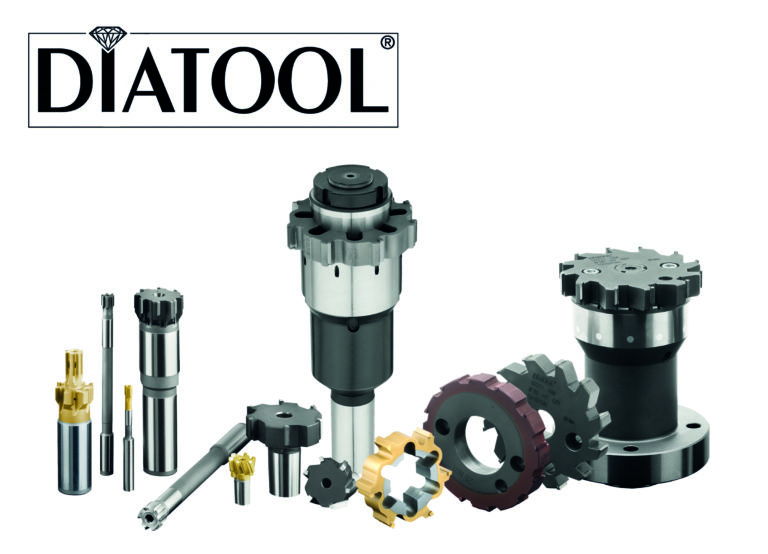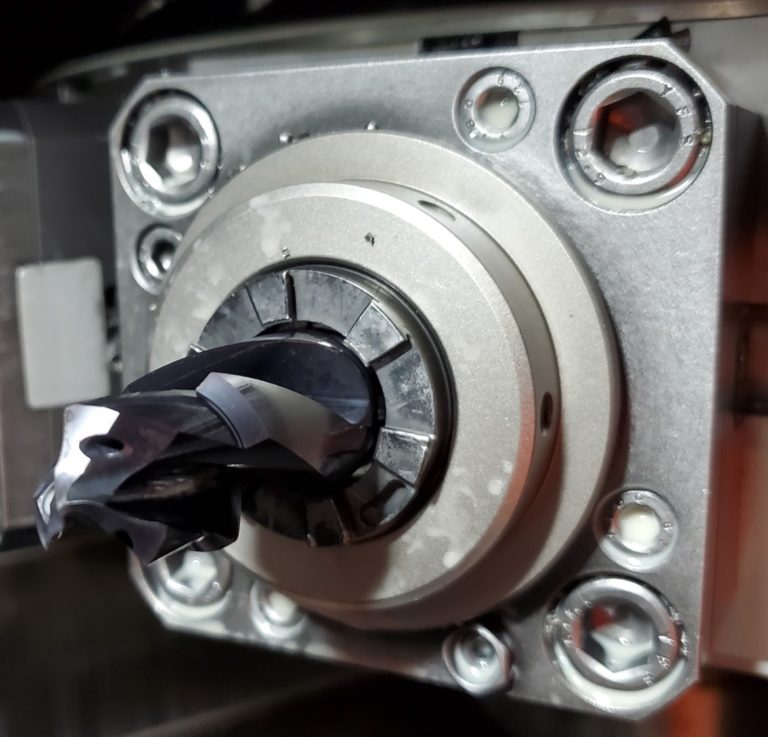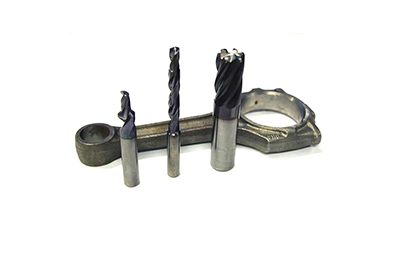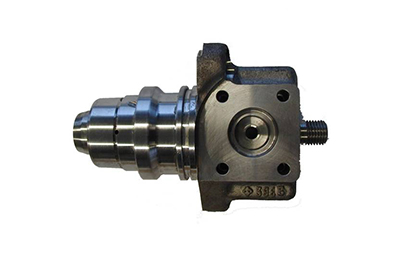A quick refresher on the differences between boring tools and reamers:
- A boring head is an adjustable tool that consists of a cartridge with an insert.
- A reamer is a fixed tool ground to a set diameter within .002mm of target size.
REAMING IS MORE CONSISTENT
The expected advantage of a boring head with an insert is that it offers flexibility to use one tool on multiple operations or on different sized bores. This flexibility is often perceived to make the tool more economical. However, because of insert wear – which then leads to inconsistent holes sizes – this type of system can end up resulting in higher costs.
On the other hand, a reamer does not require replacement of inserts or frequent adjusting by the operator (subject to human error!) to maintain size. When it comes to non-expandable reamers, nothing is moving so it remains consistent and delivers the same hole size throughout the life of the tool.
Reamers also have an extremely predictive tool life. A machinist using an air gauge to measure parts throughout the manufacturing process can see when it is nearing time to replace the tool before a problem arises. Once the reamer is changed, the new reamer will produce a good hole on the very first part.
For some manufacturers – especially those working in exotic materials – consistency is everything. After performing numerous operations on an expensive part, the last thing anyone wants is to ruin it during final process!
REAMING REDUCES SCRAP
Reducing scrap becomes especially important when working with very expensive materials. In the aerospace industry, manufacturers often produce lower quantities of parts out of Inconel®, titanium and other high-cost materials. For these manufacturers, using a non-adjustable reamer and changing it out more frequently can provide consistent hole sizes throughout the life of the tool and significantly lower scrap ratios.
REAMING MINIMIZES CYCLE TIME
Unlike a finish boring head (which usually has just one tooth), a reamer will have multiple teeth – up to sixteen depending on the diameter of the tool. Multiple teeth allow for higher feed rates using the same chipload, therefore increasing productivity over machining with a single tooth tool. (ie. 1 tooth x .005 = .005 IPR or 16 teeth x .005” = .080 IPR)
Reaming is also a good choice for materials that cannot withstand high levels of heat, or that require slower machining creating long cycle times. When it takes four or six times to machine a part out of exotic metal than it does a normal piece of steel, the cost of the part increases exponentially. With that much time invested, it is important to have a foolproof method in place for the final operation of finishing a hole.
In the real world, one of our automotive customers that produces millions of the same part per year had been using a boring tool to produce large holes and was frustrated with inconsistency. Holes that were undersized required additional handling to finish bore or hone to size. Parts with holes that were oversized were scrapped. By switching to a reamer, the customer experienced more consistency in hole size and eliminated the need for secondary operations.
The bottom line is that reaming offers three appealing advantages over boring: hole size consistency, scrap reduction and cycle time savings. Whether the user is producing high volumes of parts or small batches of high-margin parts, reaming ensures the process stability and repeatability they need.




